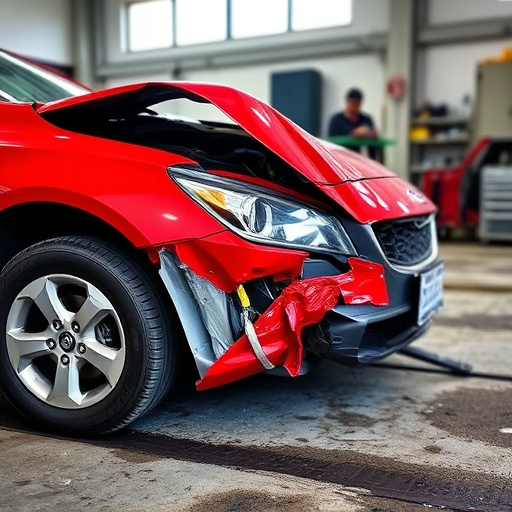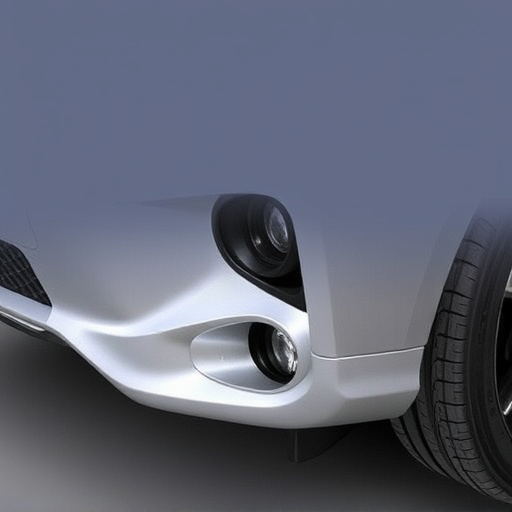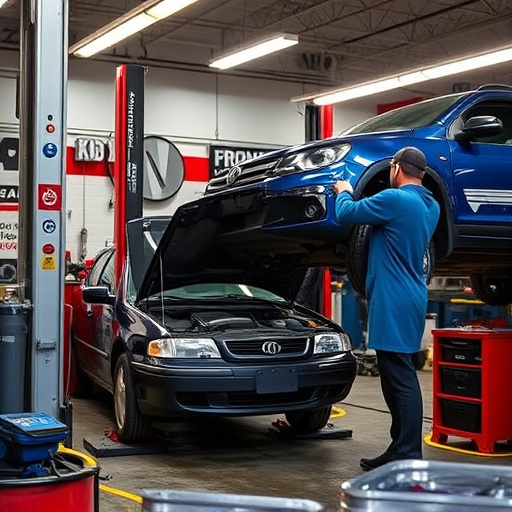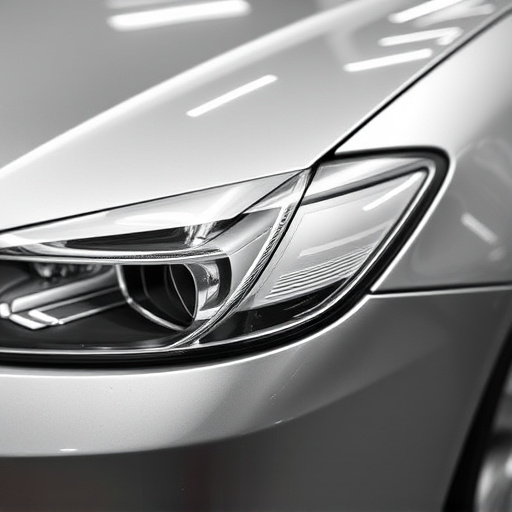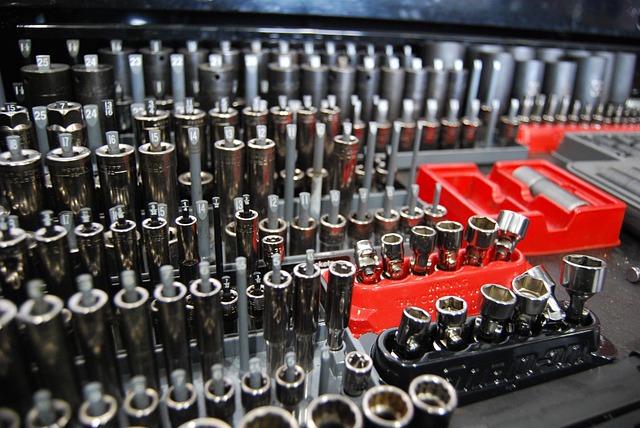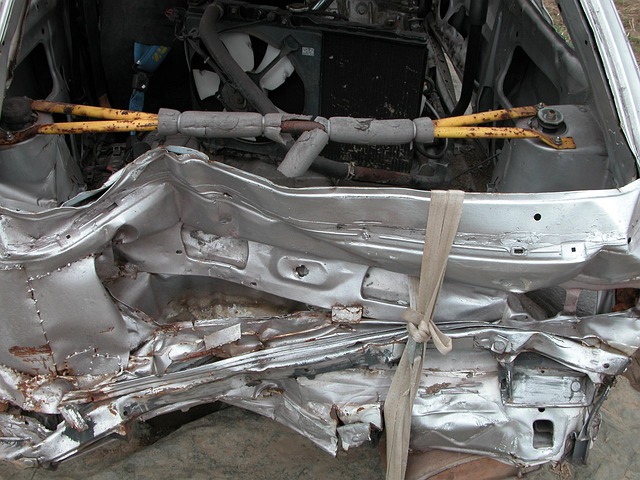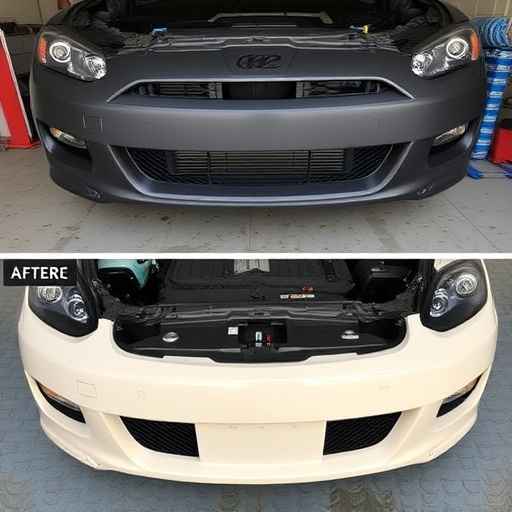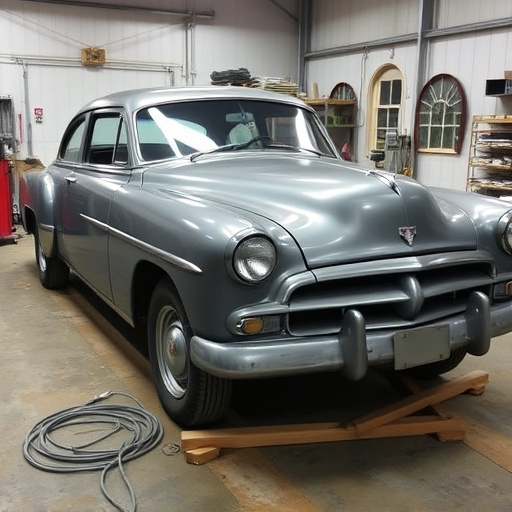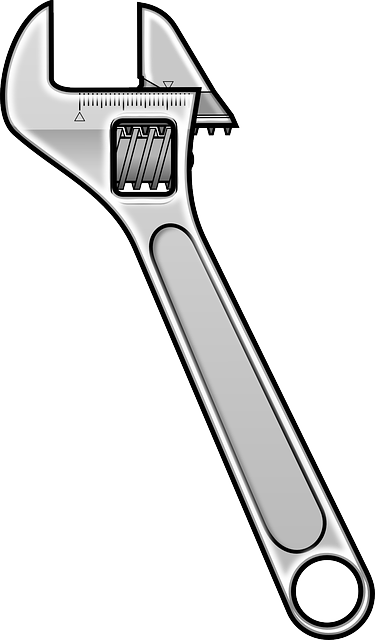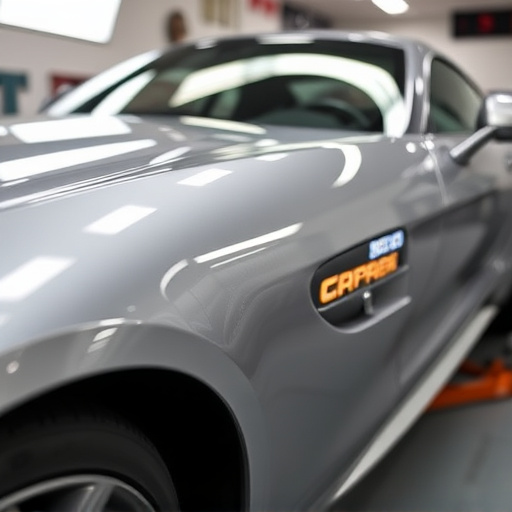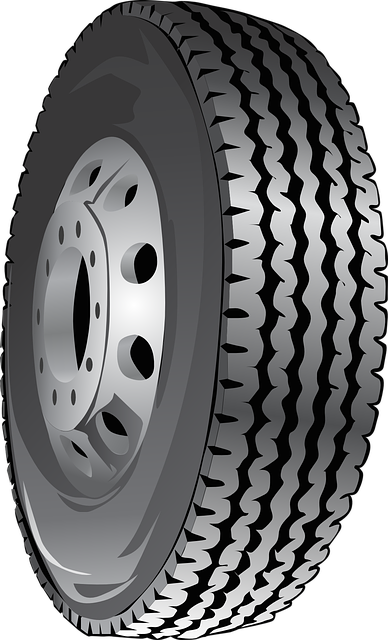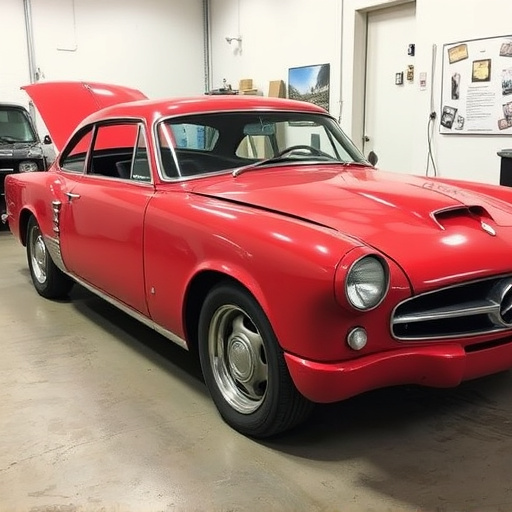Frame rail repair starts with a meticulous assessment by skilled technicians who inspect the undercarriage and unibody for misalignments, dents, bends, cracks, and holes using visual techniques and tools like fluorescent lighting and magnetic particle inspection. This evaluation guides a tailored repair strategy encompassing straightening, replacement parts, car paint services, and auto glass repair. Proper planning ensures efficient execution, ultimately leading to a successful frame rail repair, enhanced structural integrity, and a safe, reliable vehicle for the customer. Collision repair specialists utilize CAD software and decide on repair vs. replacement to provide comprehensive car bodywork services, ensuring roadworthiness.
In the realm of automotive restoration, meticulous frame rail repair is a game-changer. This intricate process demands specialized knowledge and best practices to ensure vehicle safety and longevity. This article delves into the optimal strategies for tackling frame rail repairs, from initial damage assessment and planning to final quality assurance. Learn about identifying issues like dents, bends, cracks, and holes, effective repair techniques including welding and sanding, and crucial testing methods. Master the art of frame rail restoration with these essential guidelines for professional results.
- Assessing Damage and Planning Repairs
- – Identifying frame rail issues: dents, bends, cracks, and holes
- – Understanding the extent of damage and its impact on vehicle safety
Assessing Damage and Planning Repairs

Assessing damage is a crucial first step in any frame rail repair job. It involves meticulously examining the vehicle’s undercarriage and unibody to identify the extent and type of damage. This process requires a skilled technician who can detect even subtle misalignments, dents, or deformities that might affect structural integrity. Once the damage is thoroughly evaluated, planning repairs becomes more precise.
The repair strategy should consider both the severity of the damage and the vehicle’s overall condition. It may involve straightening bent frame rails using specialized equipment, replacing damaged components, or even addressing related issues like car paint services to ensure a seamless finish, followed by auto glass repair if necessary. Proper planning ensures that each step of the process is executed efficiently, ultimately leading to a successful frame rail repair and a safe, reliable vehicle for the customer.
– Identifying frame rail issues: dents, bends, cracks, and holes

Identifying issues with frame rails is a critical step in any professional frame rail repair job. Technicians should be trained to spot various defects such as dents, bends, cracks, and holes, which can compromise the structural integrity of a vehicle. Dents, for instance, can vary in size and severity, from shallow indentations to deep depressions that affect the overall shape of the rail. Bends often result from impact or accident damage, causing the metal to deviate from its original angle. Cracks, typically caused by stress or fatigue, can run along the length of the rail or appear as small fissures at specific points. Holes, whether from wear and tear or direct impacts, are also common issues that require immediate attention during auto frame repair.
Effective visual inspection and diagnostic tools play a significant role in identifying these problems accurately. Techniques like fluorescent lighting and magnetic particle inspection can help uncover hidden dents, cracks, and other defects, especially in the early stages of car body restoration. By addressing these issues promptly and using suitable methods for car dent repair or auto frame repair, professionals ensure that the vehicle’s structural integrity is maintained, setting a strong foundation for successful frame rail repair.
– Understanding the extent of damage and its impact on vehicle safety
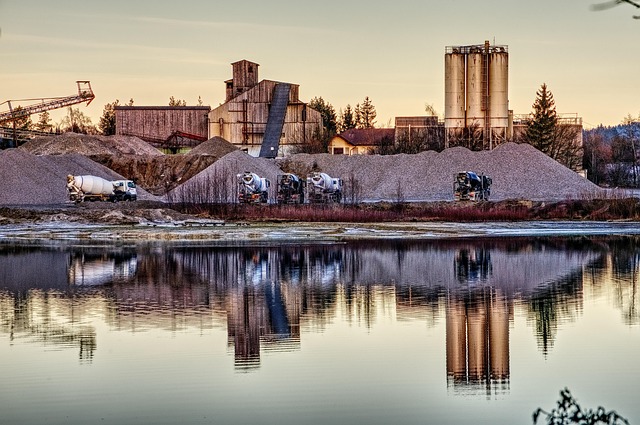
Before initiating any frame rail repair, it’s crucial to thoroughly assess the extent of damage and its potential impact on vehicle safety. Frame rails are critical structural components that house and support essential parts like the engine, transmission, and suspension systems. Damage to these beams can compromise the integrity of the entire chassis, affecting both the car’s performance and safety features.
Proper evaluation involves visual inspection, often aided by computer-aided design (CAD) software or advanced measuring tools, to pinpoint exact locations and severities of cracks, deformations, or other damage. In the context of automotive repair, collision repair specialists play a pivotal role in determining whether the frame rails can be safely repaired or if replacement is more suitable. This meticulous process ensures that every car undergoing frame rail repair receives tailored attention, ultimately enhancing roadworthiness and passenger safety through comprehensive car bodywork services.
When undertaking frame rail repair jobs, meticulous assessment and planning are key. By identifying and understanding the type and severity of damage, including dents, bends, cracks, and holes, technicians can ensure the safety and structural integrity of the vehicle. Effective planning involves considering the impact of repairs on overall vehicle performance and handling. Following best practices for frame rail repair not only enhances vehicle longevity but also ensures driving safety, making it an essential step in automotive maintenance.
